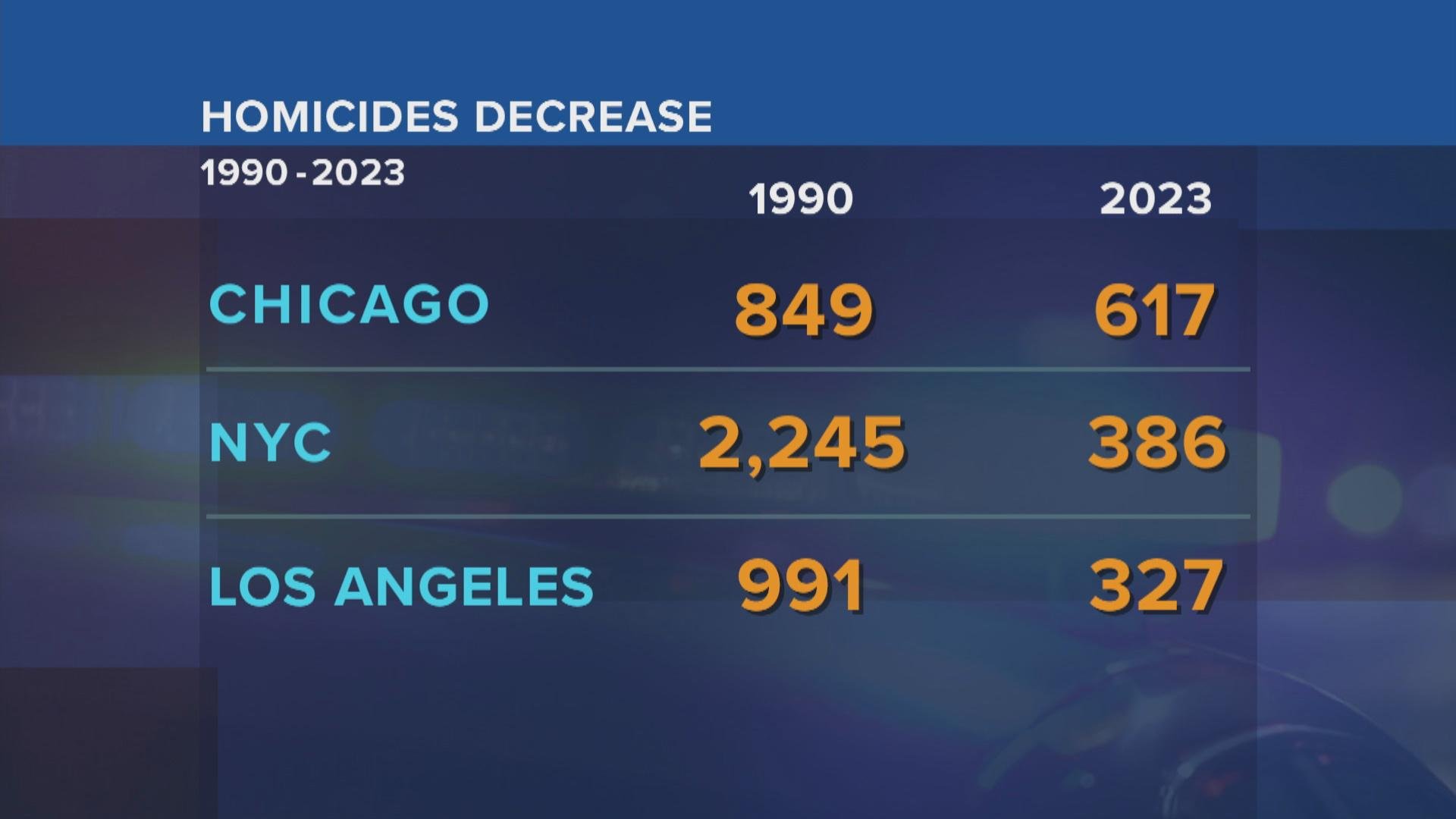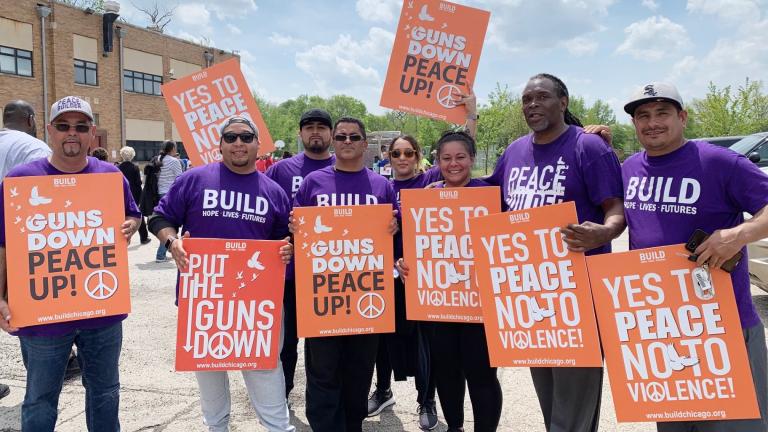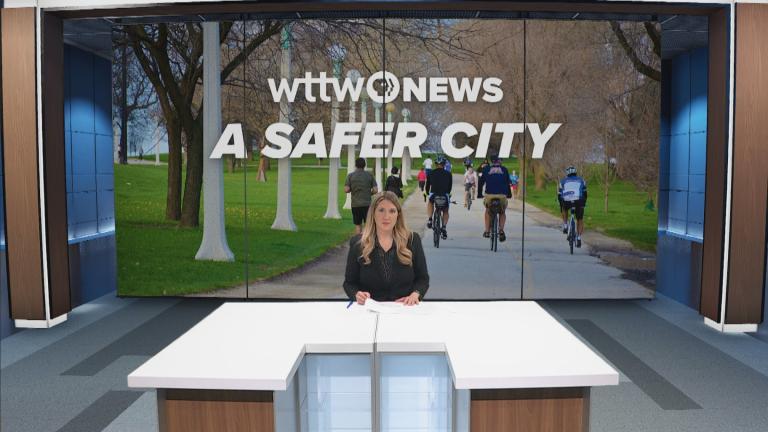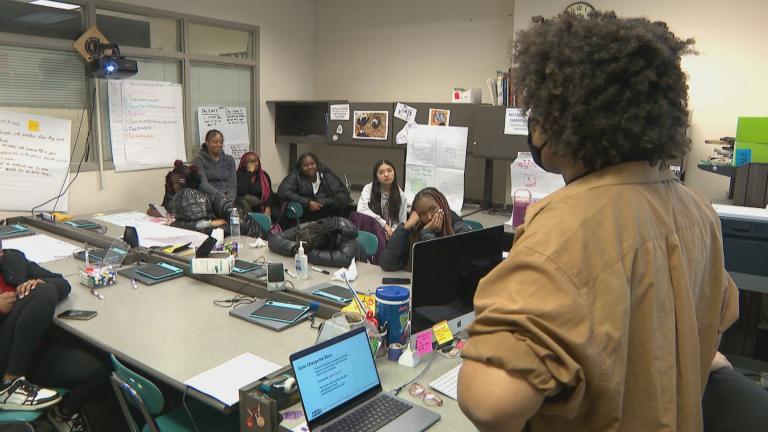Crime overall is falling nationwide. But when it comes to homicides, Chicago’s numbers are not declining as quickly as the two largest cities in the nation — New York and Los Angeles.
Why isn’t Chicago’s homicide rate dropping at the same pace?
“The comparison between L.A., New York and Chicago is complicated,” says Andrew Papachristos, professor of sociology at Northwestern University. “Los Angeles made a lot of police reforms that Chicago is just trying to do and New York never quite had the gang situation that L.A. and Chicago had. And of course, New York had the strict broken windows and stop-and-frisk policies at a level that Chicago and Los Angeles never quite reached. This is related to all sorts of inequalities in the justice system, but it did likely influence NYC’s crime rate.”

Chicago is sometimes labeled in national media as the country’s murder capital, but if you control for population density, other cities have higher per capita murder rates.
“Chicago, like all other major cities, has areas that have higher crime rates than others,” says retired New York City police officer Jillian Snider, now an adjunct lecturer at John Jay College of Criminal Justice and policy director of criminal justice and civil liberties at the think tank R Street. “While Chicago does have higher violent crime rates compared to the national average, other cities such as Washington, D.C., Baltimore, Chattanooga, Dallas, Memphis, Nashville, are experiencing higher rates of crime than Chicago.”
One notable issue in Chicago is that a small proportion of neighborhoods experience a large proportion of the homicides.
“Chicago’s violence issue is more of an issue of neighborhoods, with a level of concentrated racial poverty that is a result of a particular racialized history of housing policies,” says Kaitlin Devaney, a faculty member in the Department of Criminology at DePaul University. “Five of Chicago’s most violent police districts accounted for 42% of Chicago’s total homicides in 2021. By comparison, 10 of New York’s most violent districts accounted for only 32%.”
Former Los Angeles County Sheriff Jim McDonnell, now director of the University of Southern California’s Safe Communities Institute at the Price School of Public Policy, believes the relationship police have with their community also impacts crime rates.
“At the end of the day, if the police don’t have the support of the public and don’t get a fair shake from the media, the lack of engagement that you’ll see is something that is fairly predictable.” says McDonnell. “We’ve seen that post-2020 in cities across America.”
A Safer City is supported, in part, by the Sue Ling Gin Foundation Initiative for Reducing Violence in Chicago.








